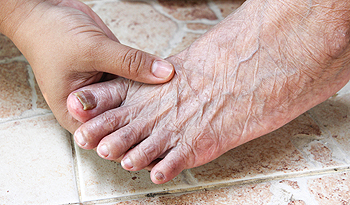
Toenail fungus is a common issue among the elderly, often overlooked but significant in maintaining overall foot health. As people age, their nails become thicker, more brittle, and slower to grow, creating an ideal environment for fungal infections. This condition, known as onychomycosis, typically begins as a white or yellow spot under the toenail and can progress to cause discoloration, thickening, and crumbling edges. For elderly people, toenail fungus can be particularly troublesome due to weakened immune systems and difficulty in maintaining foot hygiene. Regular inspection of the feet, keeping nails trimmed, and wearing breathable footwear can help to prevent infections. Treatment often involves topical antifungal creams or, in more severe cases, oral medication. If you are elderly or helping to take care of an elderly person, it is suggested that you schedule an appointment with a podiatrist if symptoms of toenail fungus appear.
For more information about treatment, contact one of our doctors of Advanced Foot & Ankle Medical Center. Our doctors can provide the care you need to keep you pain-free and on your feet.
Toenail Fungus Treatment
Toenail fungus is a condition that affects many people and can be especially hard to get rid of. Fortunately, there are several methods to go about treating and avoiding it.
Antifungals & Deterrence
Oral antifungal medicine has been shown to be effective in many cases. It is important to consult with a podiatrist to determine the proper regiment for you, or potentially explore other options.
Applying foot powder on the feet and shoes helps keep the feet free of moisture and sweat.
Sandals or open toed shoes – Wearing these will allow air movement and help keep feet dry. They also expose your feet to light, which fungus cannot tolerate. Socks with moisture wicking material also help as well.
If you have any questions please feel free to contact our offices located in Agoura Hills, Simi Valley, Thousand Oaks Marin St., and Thousand Oaks Haaland Drive, CA . We offer the newest diagnostic tools and technology to treat your foot and ankle needs.

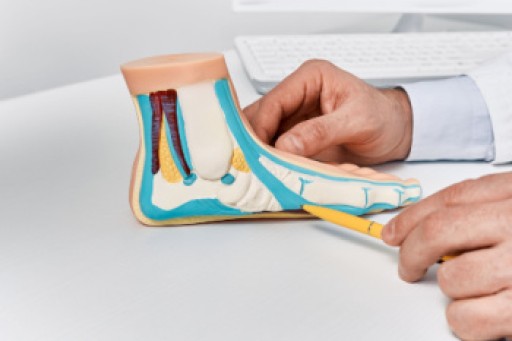
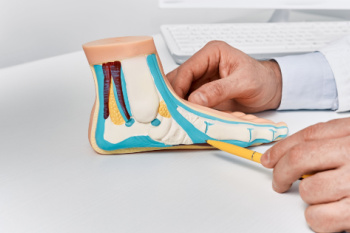
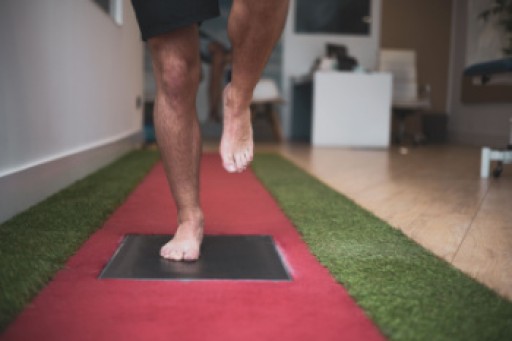

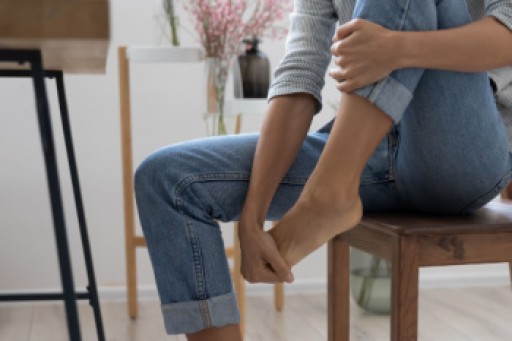
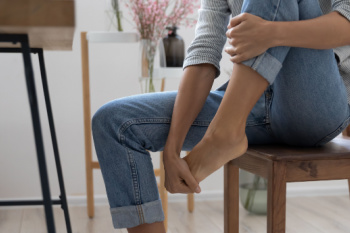
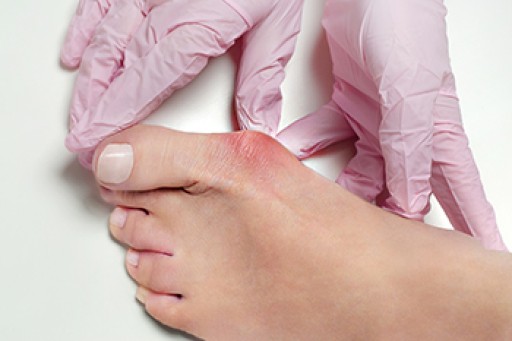
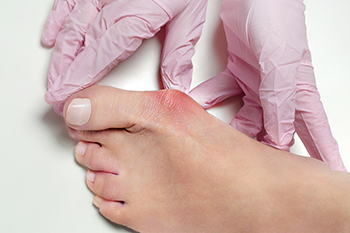 Hallux rigidus
Hallux rigidus

